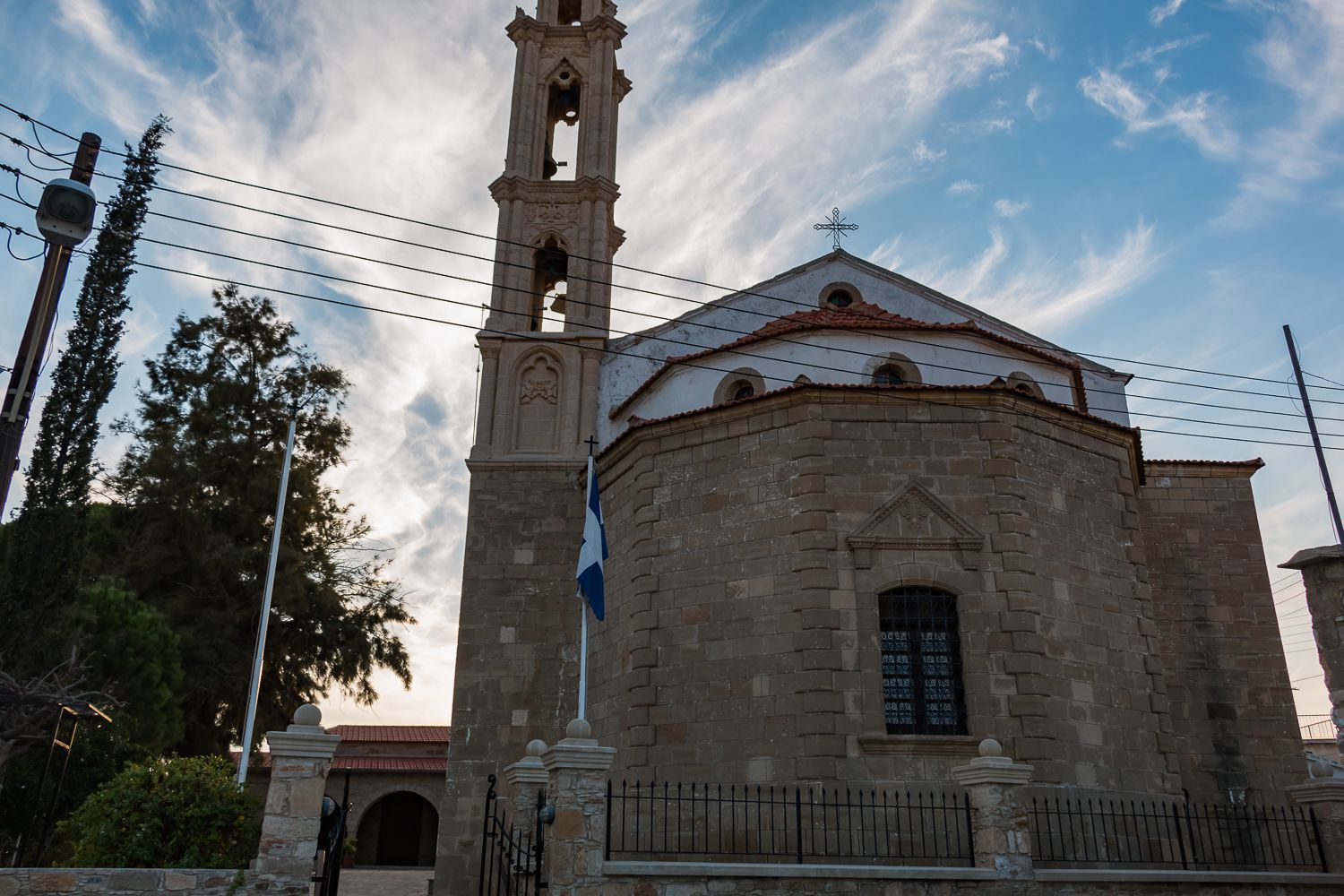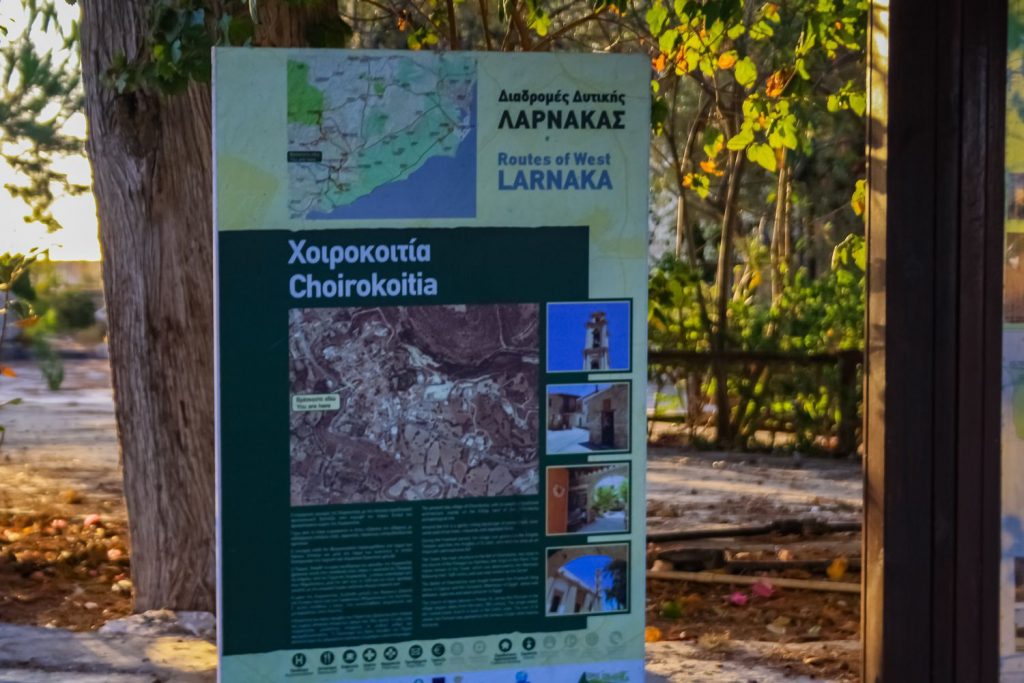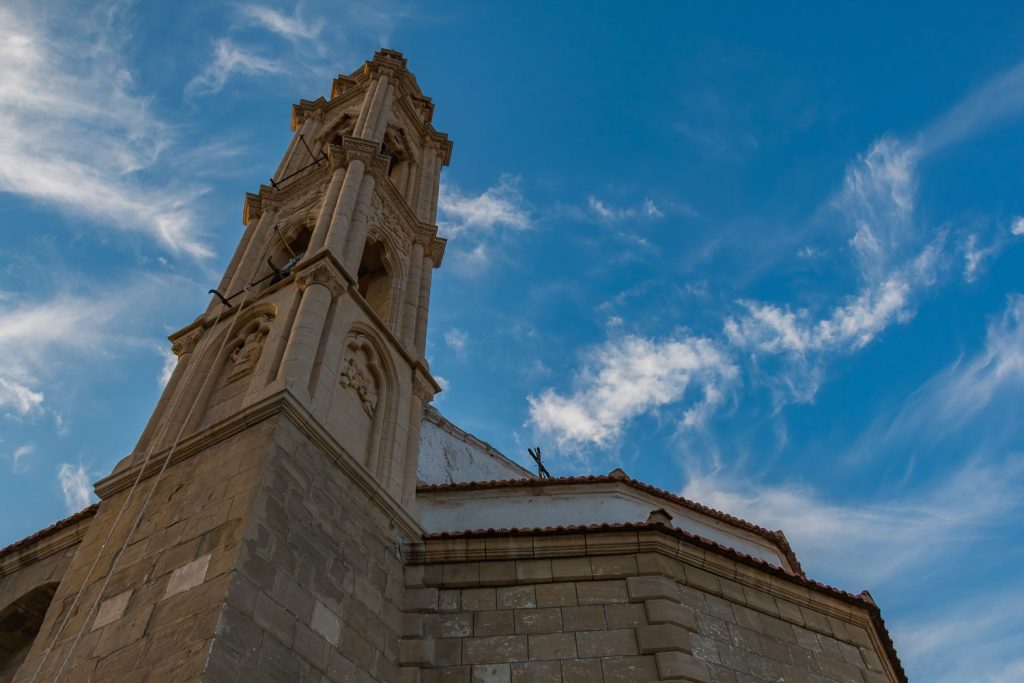Choirokoitia

Choirokoitia is a village in the Larnaca district in Cyprus, situated 34 km southwest of Larnaca, 60 kilometers south of Nicosia and 37 kilometers east of Limassol.
Built at an altitude of 220 meters, the village of Choirokoitia is one of the most historic of Cyprus and it is famous worldwide, since on the eastern side of the village, on a hillside, is located the ancient Neolithic settlement of Choirokitia.
There are many interpretations for the name of the settlement, with one referring to its medieval origins, as according to tradition from the greeting of the famous Queen "Hire Kitia" to a woman, when she was at her tower in Choirokoitia, came the name Cheretkitia and with the corruption from the passage of time it turned into Choirokoitia. Another interpretation speaks of the word chirogitia, which suggests the practice of chiromancy. In another version, it may have come from the original name of Ierokitida (sacred space) or the word ierokipia (sacred garden). Another version refers to the composite name from the words pig (choiros in Greek) and kitida (pig breeding area), while others claim that it was initially named Sidirocitida, an area with a lot of iron. Others claim that the name came from the words round (giros in Greek) and home (oikia in Greek) because the prehistoric huts that were discovered in the area were round.
According to sources, at the beginning of the Frankish domination the village was assigned to the Order of Knights Templar and later to the Order of Knights of the Hospital of Saint John, who preserved the area as a major administrative feud. The Tower, that is the main building of the Choirokoitia feud, is located near the site of the Church of the Panagia of Kampos. From the Tower of Choirokoitia, which was destroyed by the Mameluks after their victory in 1426 and later became known as Sarai, few remnants are still visible today.
Besides the Neolithic settlement of Choirokoitia, which is undoubtedly the most important attraction of the wider region, the visitor will enjoy a very beautiful village with stone-paved streets, as well as stone-built and traditional houses. In the square of the village is the stone-built central church of the community, Agios Iakovos of the 19th century, being at the same time the only church dedicated to this saint in Cyprus and celebrating on November 27th. Just outside the village is the restored Panagia of Kambos with 16th century frescoes, the chapel of Agia Paraskevi and the chapel of Agios Georgios.
For those who love contact with nature, there is the nature trail that passes through the scenic neighborhoods of the village and ends up in the archaeological site, while a lot of visitors choose to take a look at the dairy and the farm of goats and other domestic animals.
There are hotel units, taverns and restaurants in Choirokoitia, where the approximately 600 permanent residents live together with archaeologists and students of archeology who are employed at the occasional archaeological excavation works. Usually in the last week of August or in early September, the Neolithic Festival of Choirokoitia also takes place, with many events, music, food and drinks.


